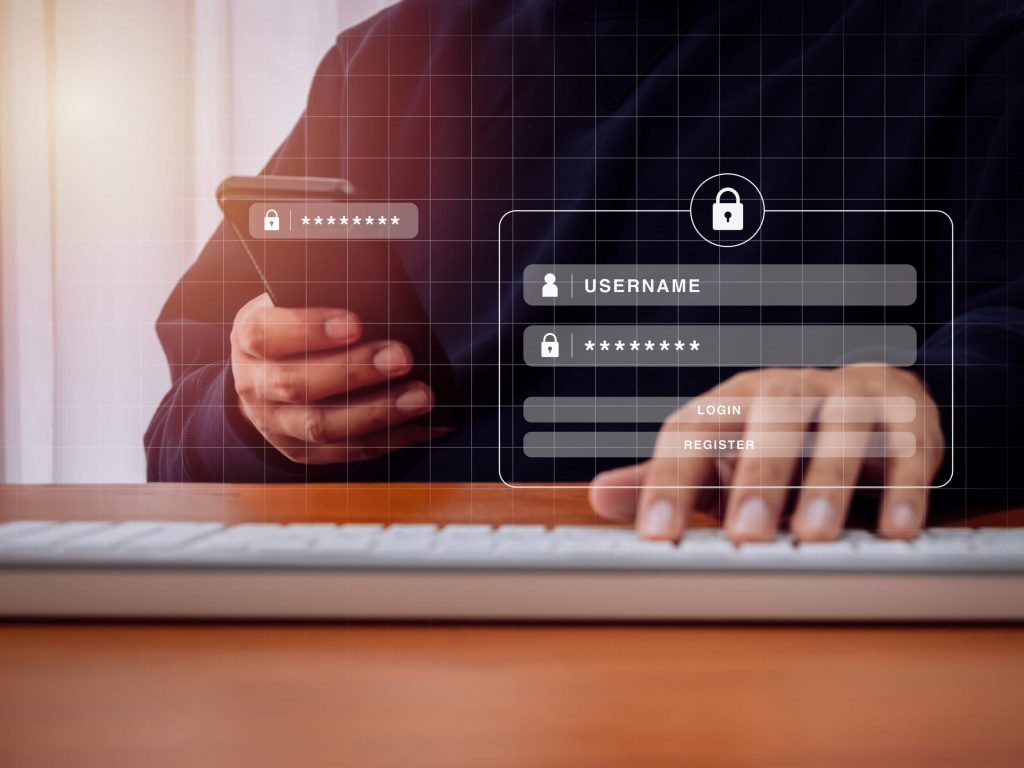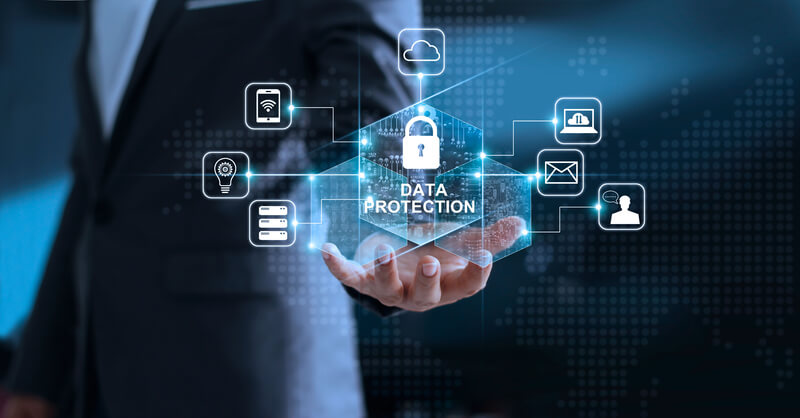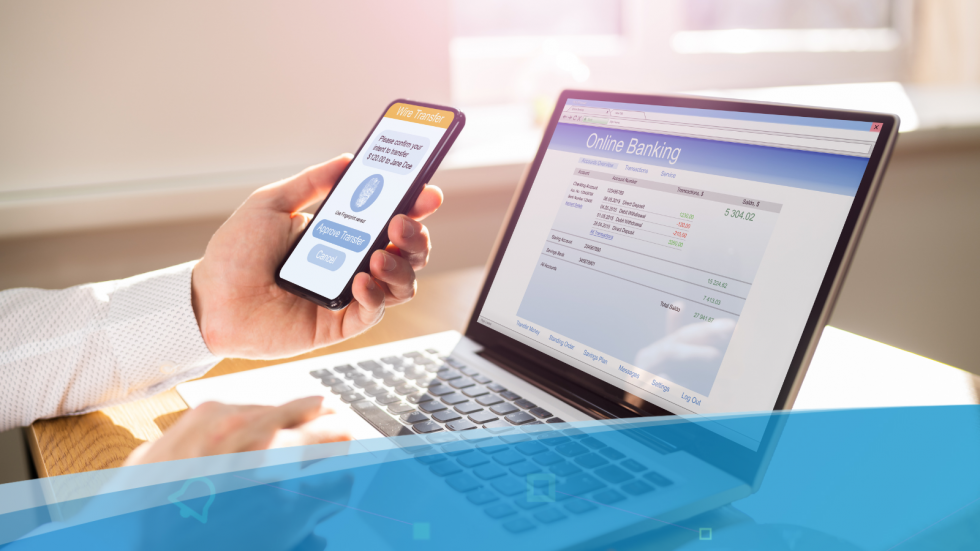Published on 29 March 2022
Cybersecurity threats pose a significant risk to businesses of all sizes. As a business owner or executive, protecting your company’s sensitive data and digital assets is paramount. One of the most effective tools in your cybersecurity arsenal is 2-factor authentication (2FA). This article will explore what 2FA is, how it works, and why it’s crucial for your business’s IT security strategy.
According to a recent study, 86% of data breaches involve credential theft. This alarming statistic underscores the importance of implementing robust security measures like 2FA to protect your business accounts.

2-factor authentication (2FA), also known as Multi-Factor Authentication (MFA), is an advanced security measure that adds an extra layer of protection to your accounts beyond just a password. When 2FA is enabled, users are required to provide two different authentication factors to verify their identity before gaining access to an account or system.
The concept behind 2FA is simple yet powerful: even if a cybercriminal manages to obtain an employee’s password, they still can’t access the account without the second authentication factor. This significantly reduces the risk of unauthorised access and potential data breaches.
For businesses, implementing 2FA across all company accounts and systems can dramatically improve overall cybersecurity posture. It’s particularly crucial for accounts that handle sensitive information, and financial data, or have access to critical business systems.
The effectiveness of 2FA in enhancing cybersecurity cannot be overstated. A study by Google in collaboration with New York University and the University of California, San Diego found that on-device prompts, a form of 2FA, can block 100% of automated bots, 99% of bulk phishing attacks, and 90% of targeted attacks.
Passwords are not enough; they have historically been a weak point in cyber security and IT security. This is largely due to two reasons: Cybercriminals are always looking for and trying to crack passwords
Most people use simple, easy-to-remember passwords; often across multiple accounts. For example, 23 million accounts use ‘123456’ as their password.
Here’s why 2FA is so effective for businesses:
Compliance: Many industry regulations and data protection laws now require or strongly recommend the use of 2FA, helping your business stay compliant.

There are several methods of implementing 2FA, each with its own strengths. Here are some of the most common types used in business environments:
Setting up 2FA for your business involves several steps:
While this process may seem daunting, the long-term benefits to your business’s security far outweigh the initial setup effort. On average, 80% of data breaches could be prevented with basic actions, including two-factor authentication.
We are living in a world where long, difficult passwords are not enough. Cybercriminals can use tactics like phishing to get you to unknowingly reveal your password and grant them access to your data. 2FA can prevent this, by requiring an authorisation code to be entered when your account is accessed from an unknown device or suspicious location.
Implementing 2-factor authentication is a critical step in enhancing your business’s cybersecurity. By requiring two forms of identification, 2FA significantly reduces the risk of unauthorised access to your company’s sensitive data and systems, even if passwords are compromised.
At Bluebell IT Solutions, we understand the unique cybersecurity challenges faced by businesses in today’s digital landscape. Our team of expert IT professionals can help you navigate the complexities of implementing 2FA and other crucial security measures across your organisation.
We provide comprehensive IT consultancy and tailored 2FA solutions designed to meet your business needs. Our services include expert implementation, seamless integration, employee training, and ongoing monitoring and management of your IT security systems, ensuring robust protection and support.
Contact Bluebell IT Solutions today to schedule a consultation or call us on 01908 044202 and learn how we can help strengthen your cybersecurity defences with 2-factor authentication and other IT security solutions.

© 2025 Bluebell IT Solutions - All rights reserved
SEO and Website Design by Loop Digital